Breville Barista Express review: prepare for impressive espressos
Prepare to be impressed with the Breville Barista Express. It has premium features without the price tag, so make room on your countertops.
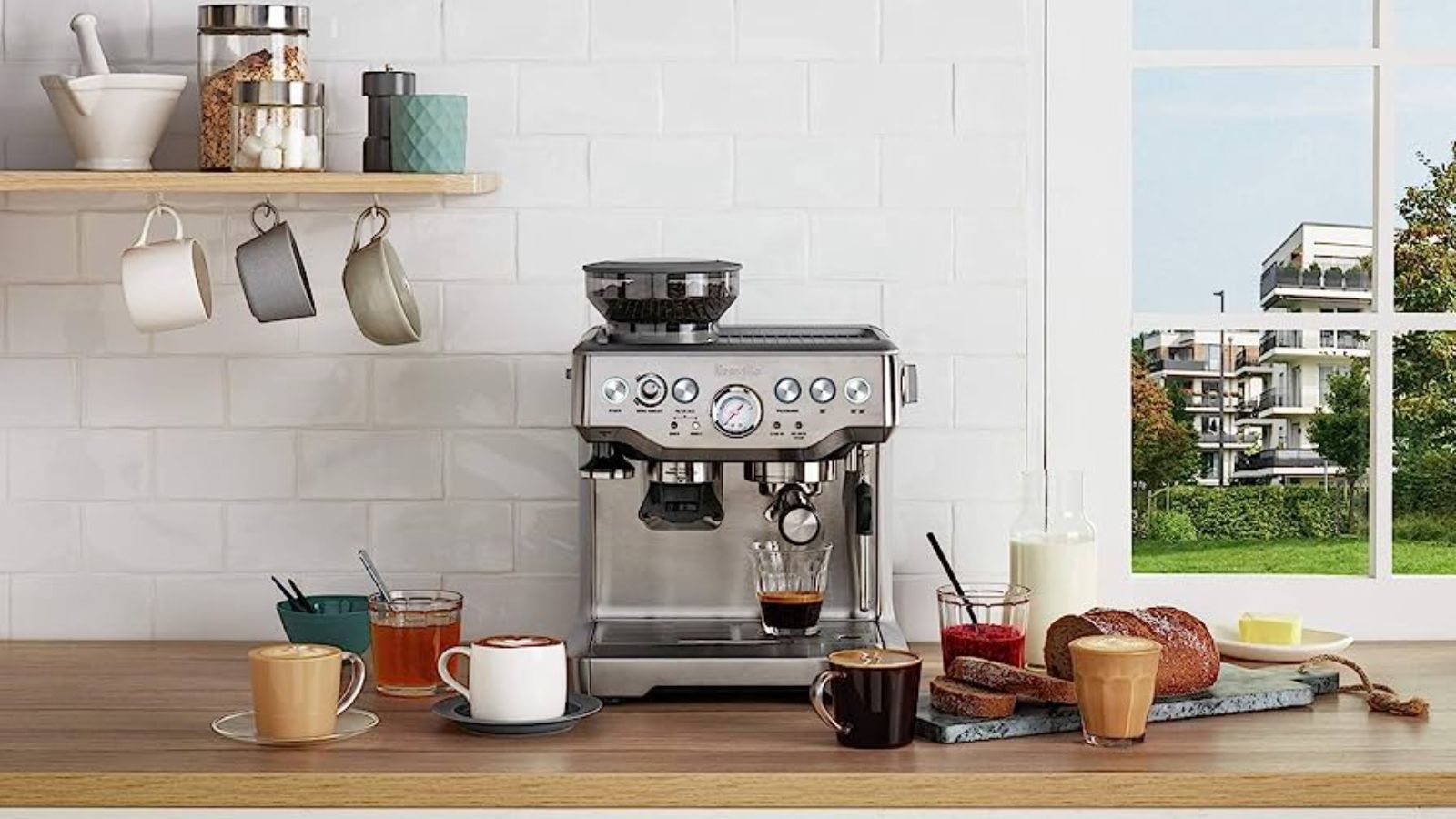
The Barista Express is incredibly impressive. A semi-automatic, capable coffee making delight, it can froth milk and make incredible espressos at the touch of a button
-
+
Great value
-
+
Premium finish
-
+
Makes incredible espressos
-
+
Steam wand for milk frothing
-
+
Can customize
-
-
Large footprint
-
-
No smart features
-
-
Requires you to learn frothing techniques
You can trust Homes & Gardens.

I’ve always thought that the Breville Barista Express gets lost amongst espresso machines. It’s not the most techy model on the market, nor is it the most simple, but it’s really good.
Breville is known for making some of the best espresso machines on the market. The Breville Barista Express is one step down from Breville’s The Barista Pro. With that in mind, it’s cheaper and less fiddly, perfect for the domestic coffee connoisseur.
I took this to the test kitchen to see how it would rate against the seventy other coffee makers that I’ve tested in the last year. It’s not a stand-out model, but it’s still pretty good. Here’s everything you need to know.
Specifications
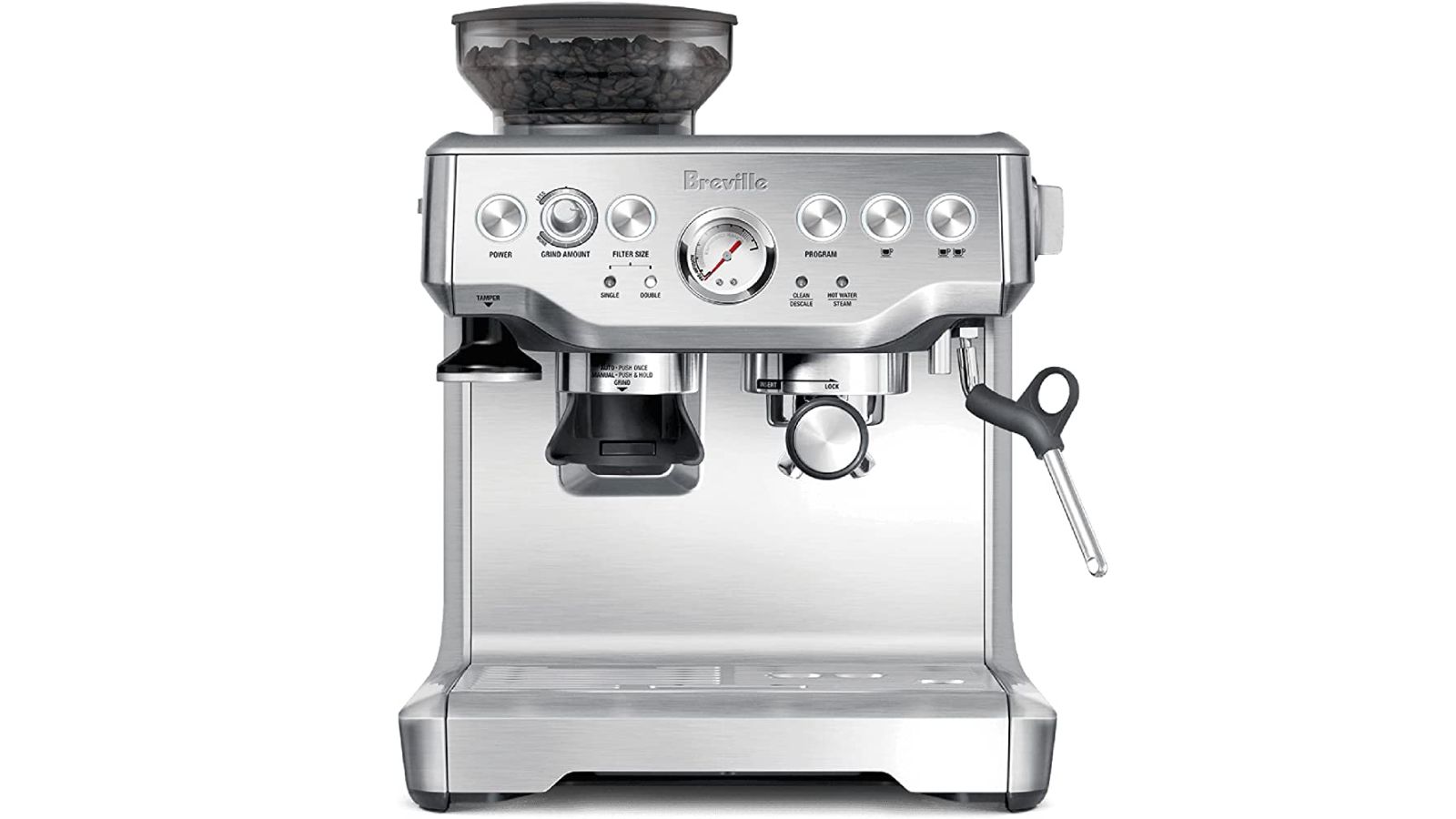
| Dimensions | 12.5 x 13.8 x 15.9 inches |
| Portafilter | 54 mm |
| Pressure | 15 bar Italian pump |
| Material | stainless steel |
| Bean hopper | 0.5 lb |
| Water tank | 67 oz |
| Grind settings | 16 |
Unboxing
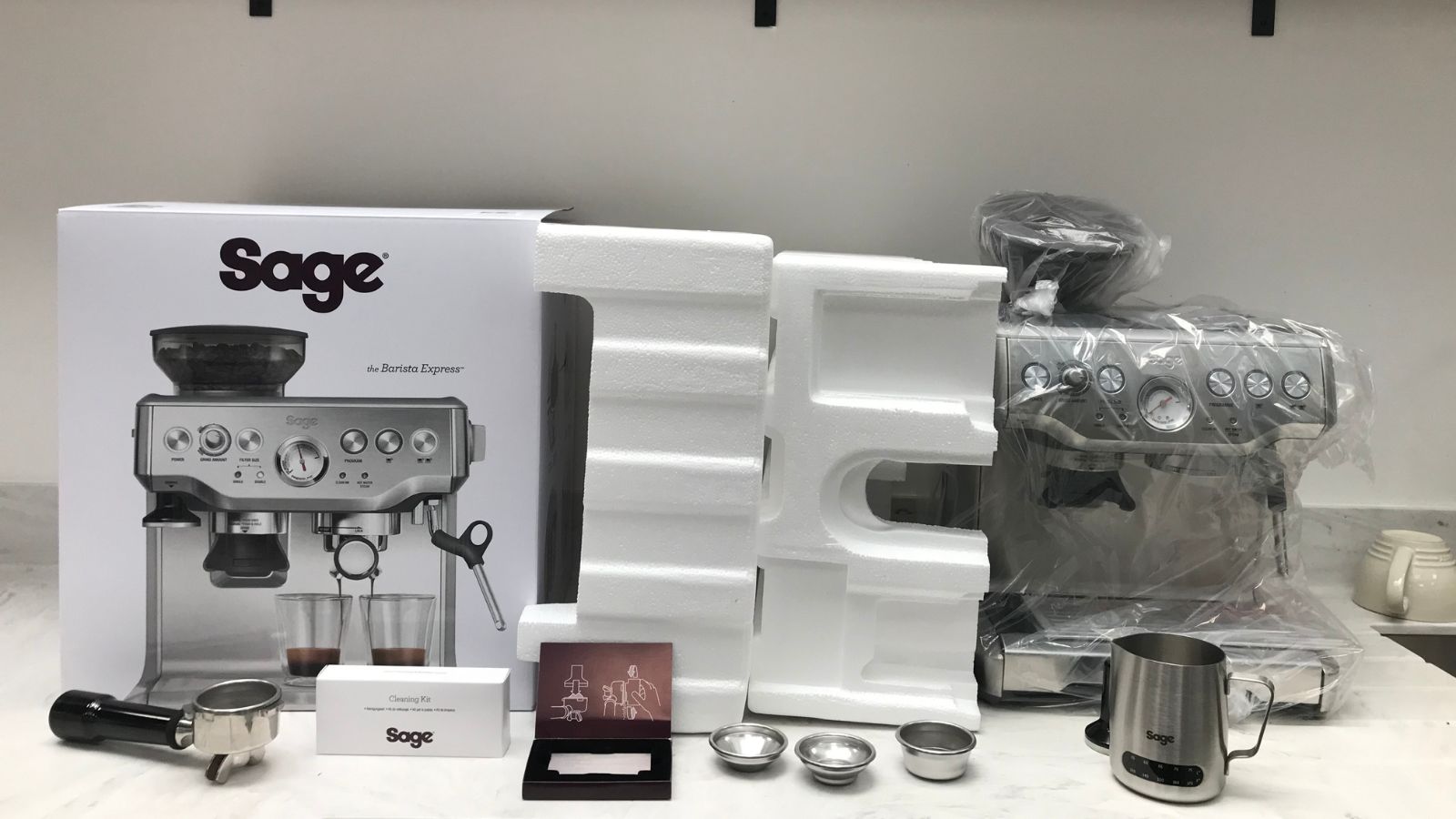
For all of Breville’s brilliance, packaging is one of their shortfalls. The Barista Express came in a premium, glossy box, but it was full of polystyrene and packaging. I would really like to see them use more recyclable materials in the future.
Once I had unsheathed every utensil from its plastic bag, I was struck by the range of extras included. The list included a water filter and filter attachment ($29.95), stainless steel milk jug ($25.95), razor ($29.98), tamper ($22.70), portafilter ($45), four portafilter baskets ($31.80), a cleaning tool ($5), and a cleaning disk ($5). That’s nearly $200 of extras, excluding postage, packaging, and time spent searching. This is not to be underestimated.
What is it like to use?
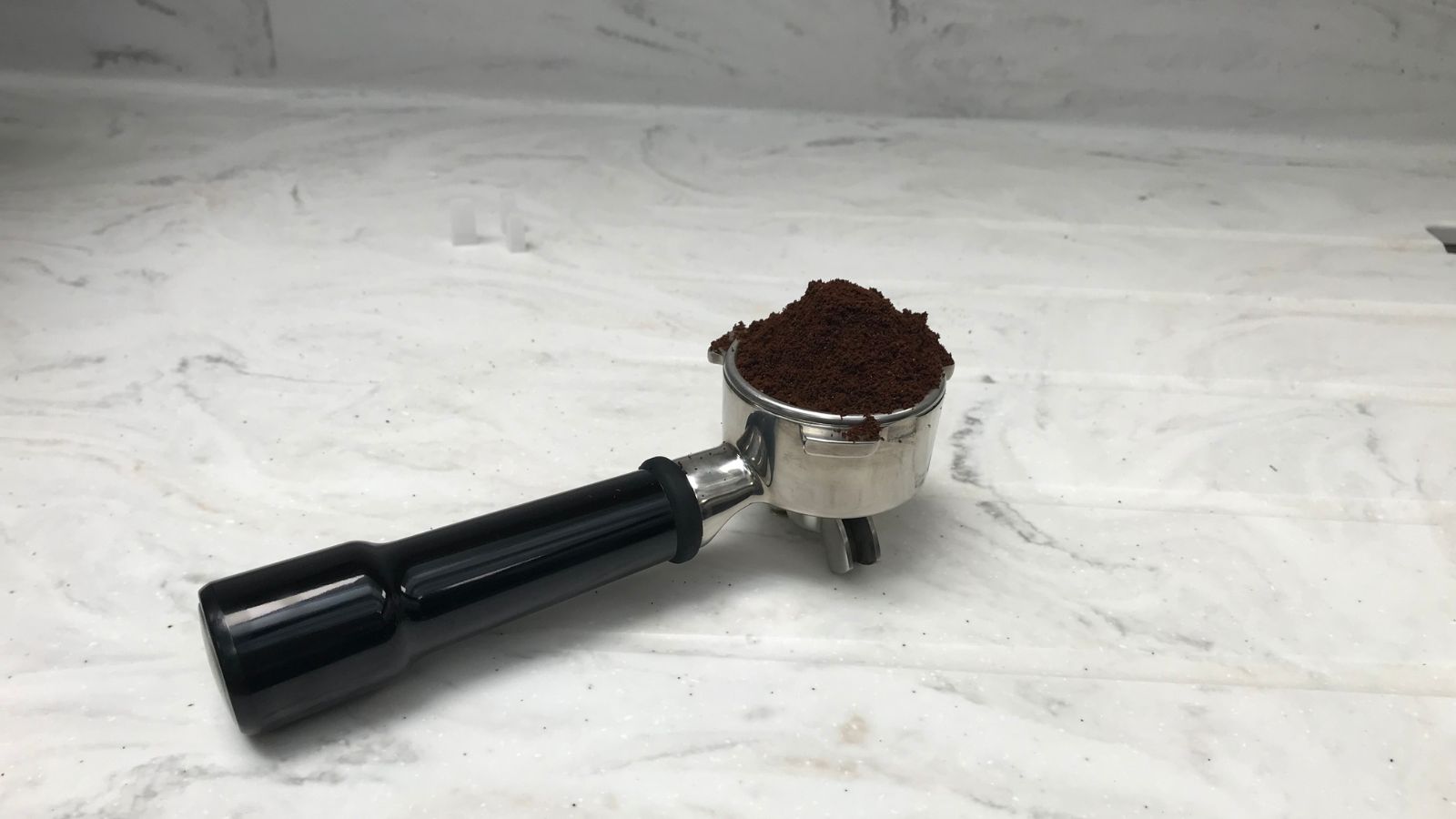
Getting started with the Breville Barista Express was easy. The back reservoir has a foldable handle, making it easy to lift, fill, and refit once it's full. Similarly, the coffee beans hopper is an airtight container that needs no attention. The only extra thing to set up is that you have to run a cup of water through the machine to flush it.
Test 1: Grinding
Not all espresso machines are made equal and the Barista Express is the perfect example. It comes with an integrated conical burr coffee grinder with sixteen different settings. Many espresso makers don't have this feature. That’s better than some specialized grinders that are already on the market. It could save you around $300, countertop space, and a surprising amount of mess and noise.
Although the bean hopper is small, it doesn’t disappoint. I found it to be much quieter than lots of dedicated grinders which I’ve tested. There was only about a gram of variance between the various coffee grinds that I asked the Barista Express for. That’s better than some of the best grinders on the market. The only downsides was some static around the portafilter, and my basket overflowed a little, but I adjusted the factory preset and the issue was solved.
Test 2: Espresso
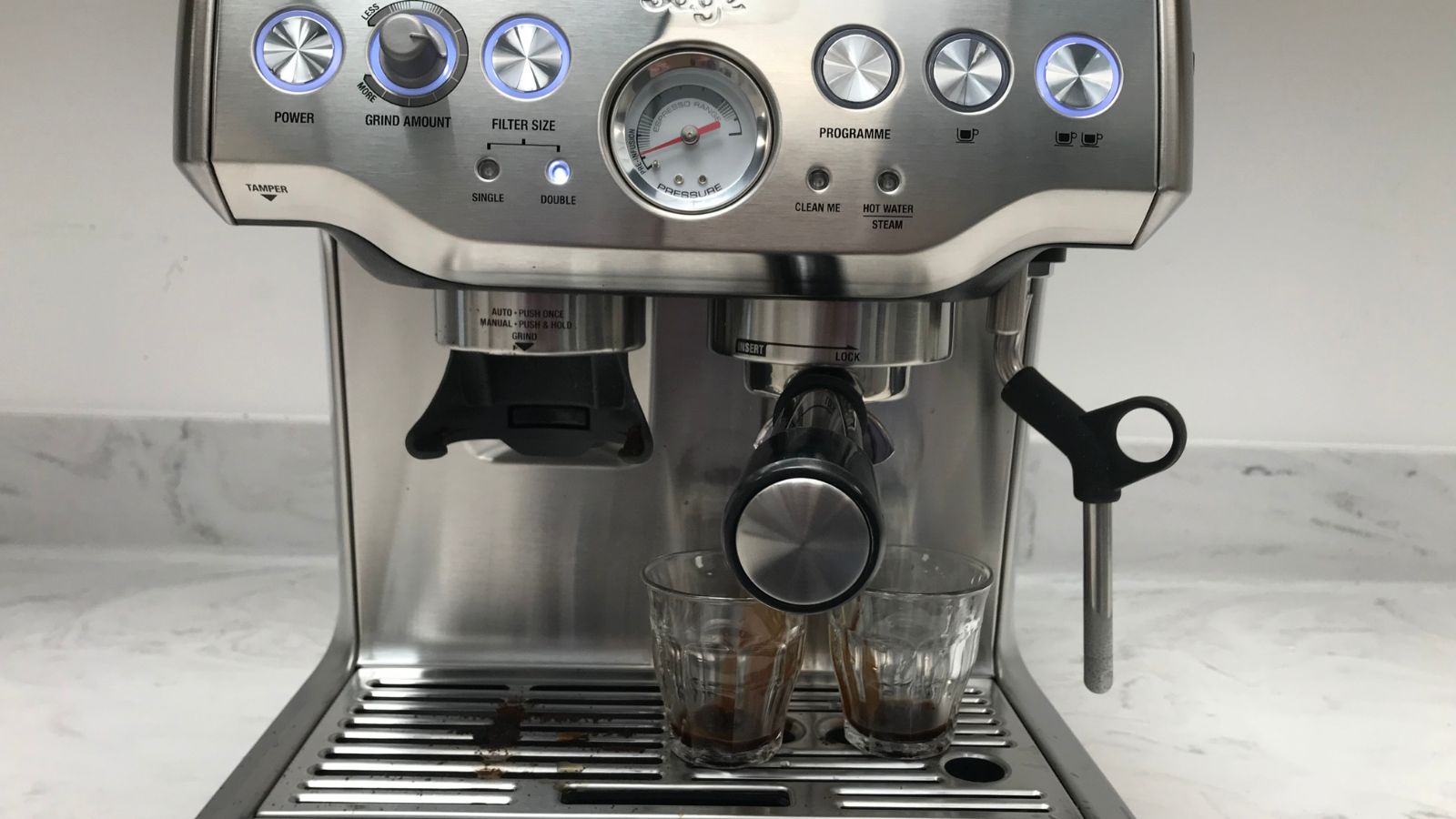
As an espresso maker, these should be the Express’ expertise. My first double shot was a little under extracted. I wondered whether this was tied to the over-grinding, so intervened with some of the presets. I changed the grind size so it was coarser, filter capacity, and asked the machine to give me a double shot.
The Express pulled the perfect double shot. I could smell the sweet, rich aromas of my espresso before it was finished. On the countertop, I could see a beautifully thick, hazelnut toned crema: the visual giveaway that the express had nailed it. Once I had my presets in place, the Express was quick and consistent in delivering perfect espressos. The only downside was the noise.
Test 3: Americano
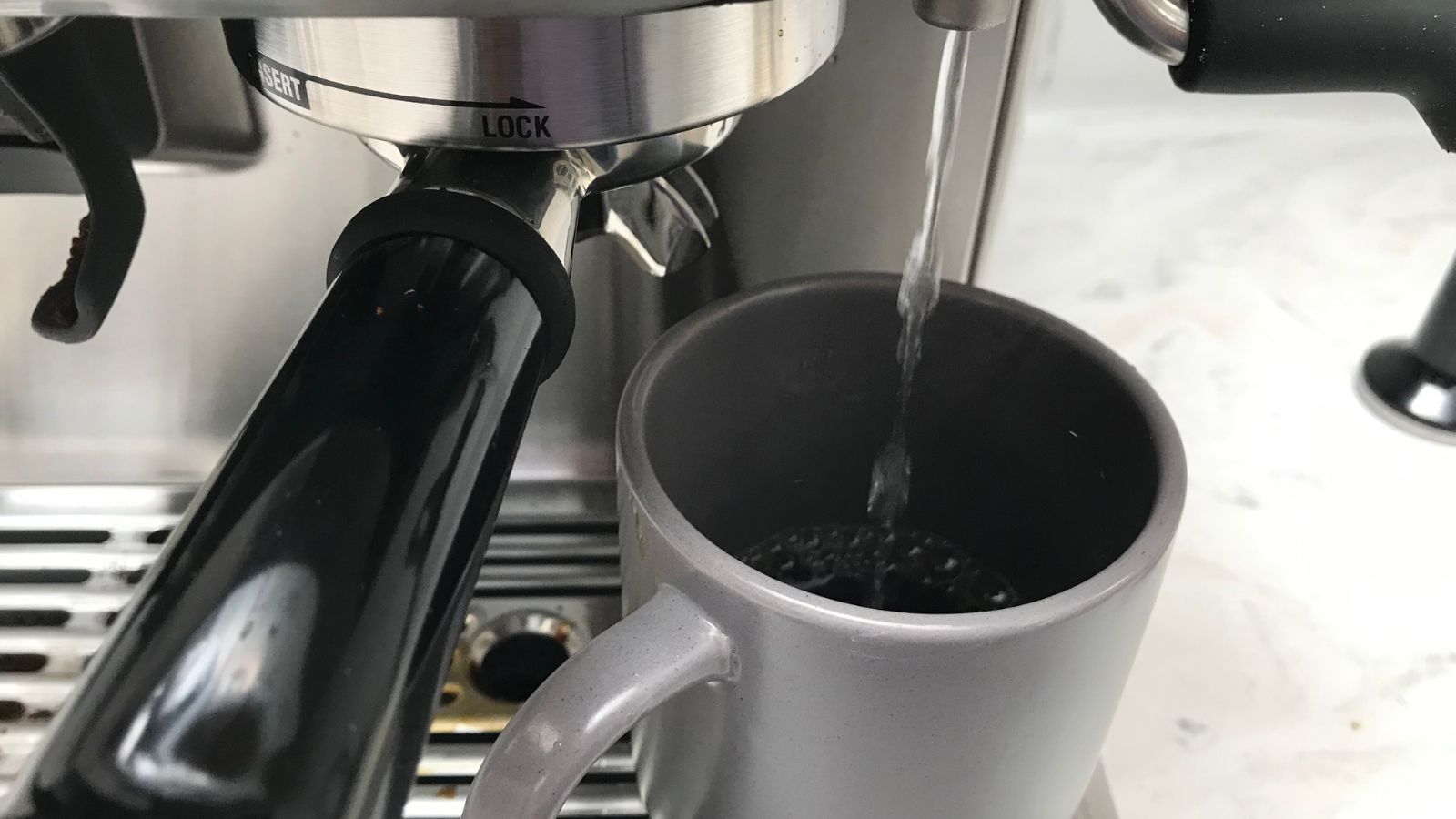
To make an Americano, all I needed to do was add a little hot water to my espresso. This comes from a different dispenser and splashes a lot. There was a minor delay as the Express warmed up enough to serve piping-hot water. When it did, it was the perfect temperature. Hot enough to keep the body and zesty notes in my coffee, but not so hot that it burnt my espresso. After spouting out hot water, I could hear the machine boiling and preparing itself for the next time it would be needed. It was always waiting for me, not the other way around.
Test 4: Cappuccino
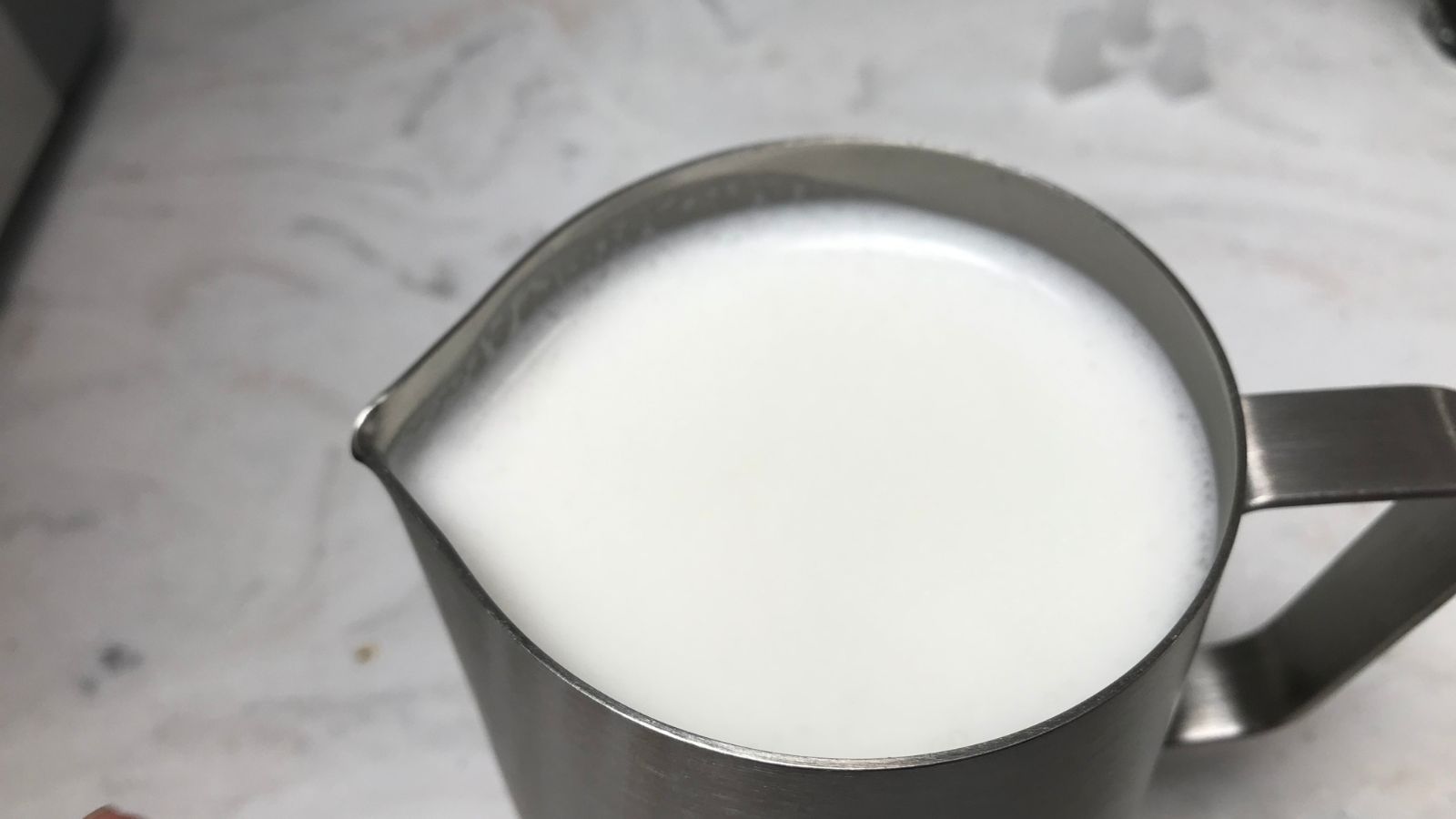
Milk frothing can make or break an espresso machine. Fortunately for the Express, it’s an expert in all things frothy. The steam wand has a handy loop, so that you can angle it so any shape jug that you use. You’ll need to harness your barista skills to froth the milk, since there aren’t any presets.
My best advice is to submerge the wand head in cold milk. Then gradually lower the jug, tilted at a 3 o’clock angle until part of the head is out of the milk surface. You’ll hear a ticking noise and see a vortex in the milk as air gets incorporated into the foam. Once the jug sides are too hot to touch your milk is the perfect temperature. My milk was a really fine, glossy texture, but I pride myself on my milk skills. The oat milk was a little too airy, but still made some satisfying latte art.
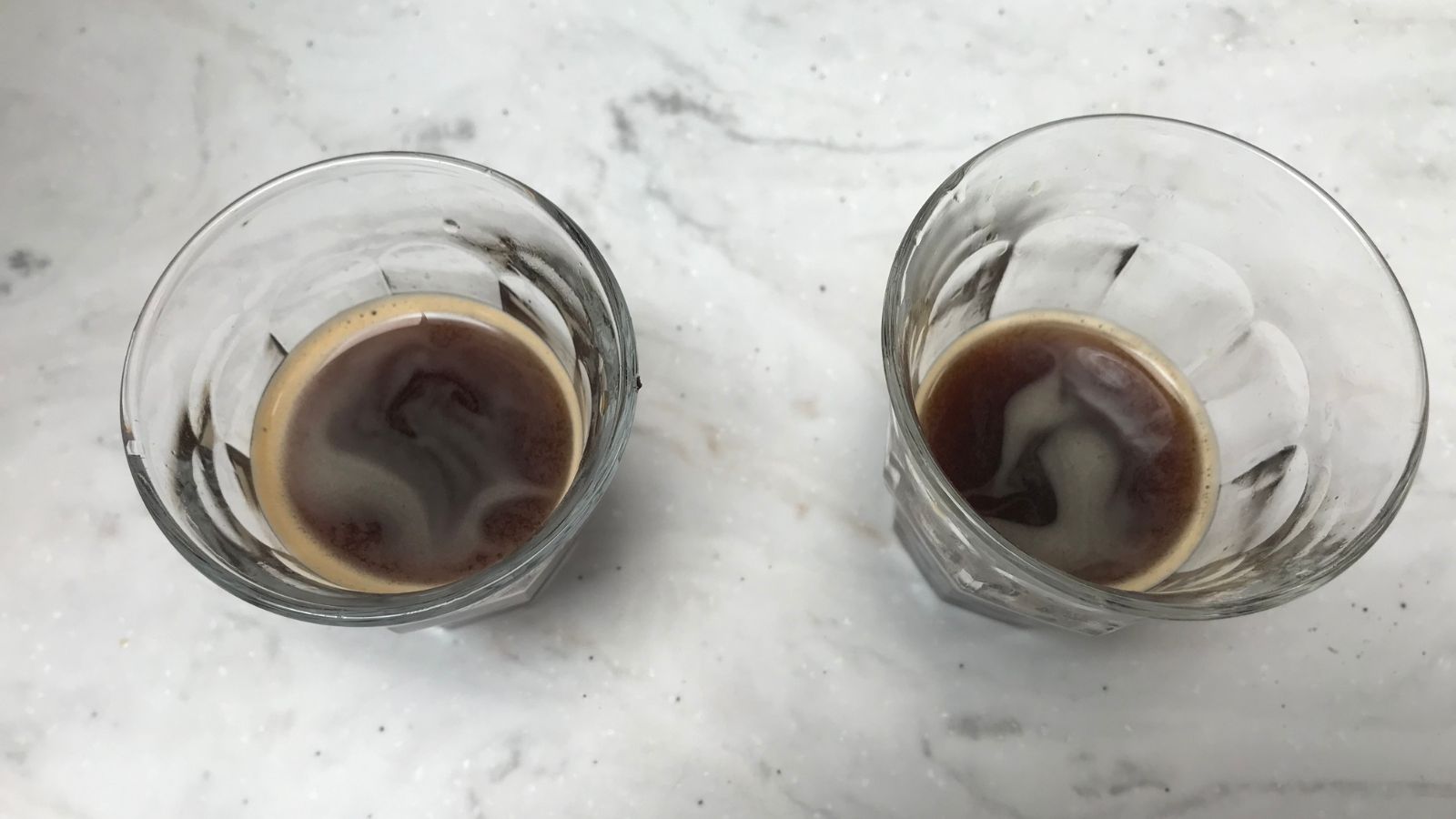
Anything else?
If there’s one feature you shouldn’t miss, it’s the pre-infuse feature. This lets the machine know that you’ll be making a coffee. It wets the grounds a little, so CO2 is released, stopping your coffee from tasting overly acidic or bitter. It only takes an extra minute and you can taste the difference.
Cleaning, Storage, and Maintenance
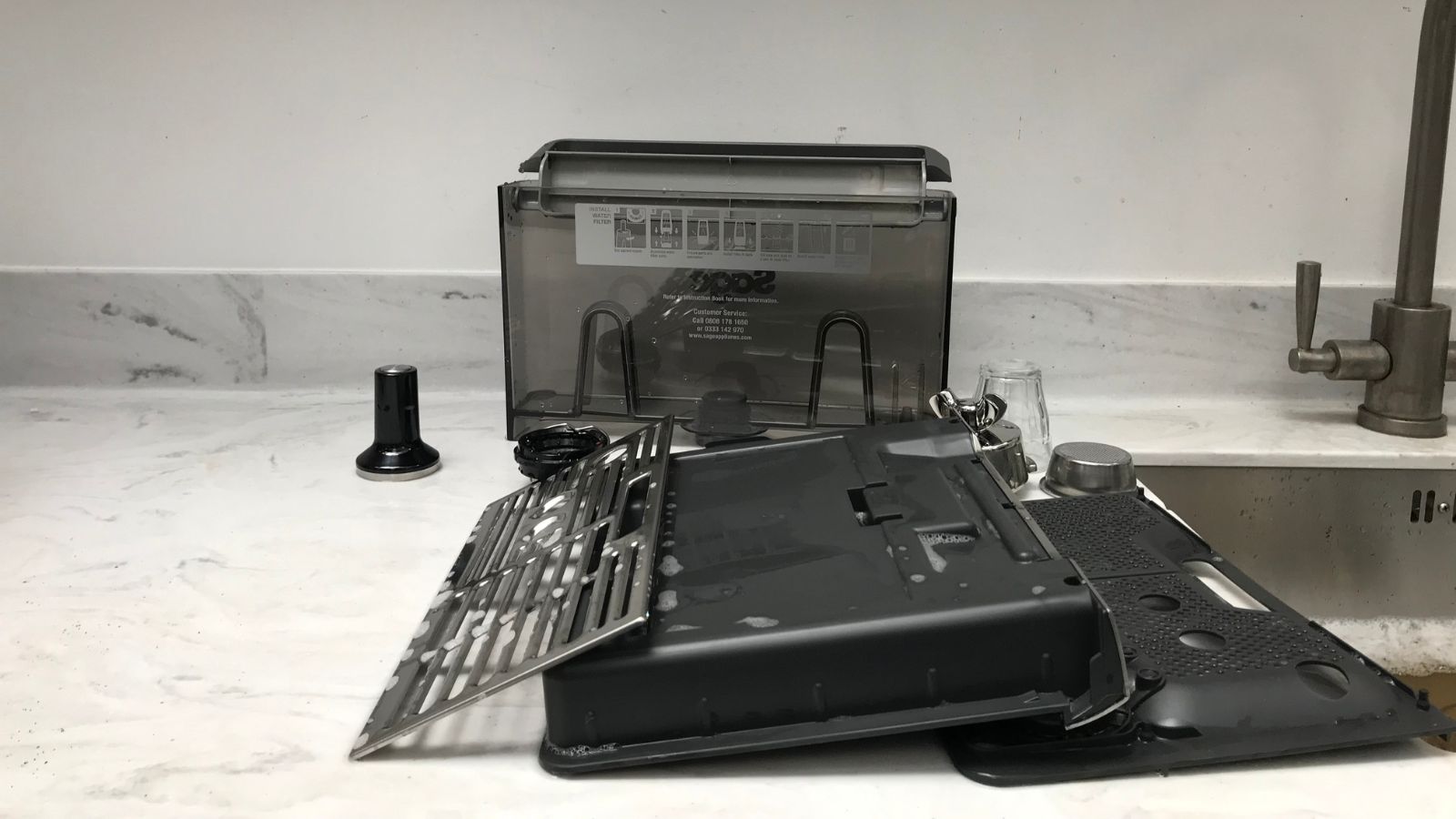
The Express is a self-sufficient machine. It doesn’t need much help cleaning and flash flash its buttons if and when it does. Before you get notified, there are a few best practices that you should get into the habit of performing. First, flush the machine through with water after a shot. This stops any old espresso from sticking to the brew group. Empty and clean the drip tray after every session. This can be a little fiddly, because of all the grooves, but it’s a job that needs doing. Finally, make sure to wipe the steam wand immediately after you’ve frothed some milk. This stops it from drying and clogging up your wand,
You’re given a cleaning kit and water filter. To maintain your machine to the best of its ability, use the water filter. Mineral build-up can take years off the life of your espresso machine. There’s little other maintenance that you’ll need to perform. However, I’d recommend a weekly clear out of the grinder and beans hopper to stop any overripe grounds from spoiling your coffee.
As for storage, don’t try it. This is a big and bold machine. It’s designed to be seen. If you have countertop space, display it proudly. If you don’t, this isn’t the machine for you. It’s much too heavy to be lifting in and out of cupboards.
How does it rate online?
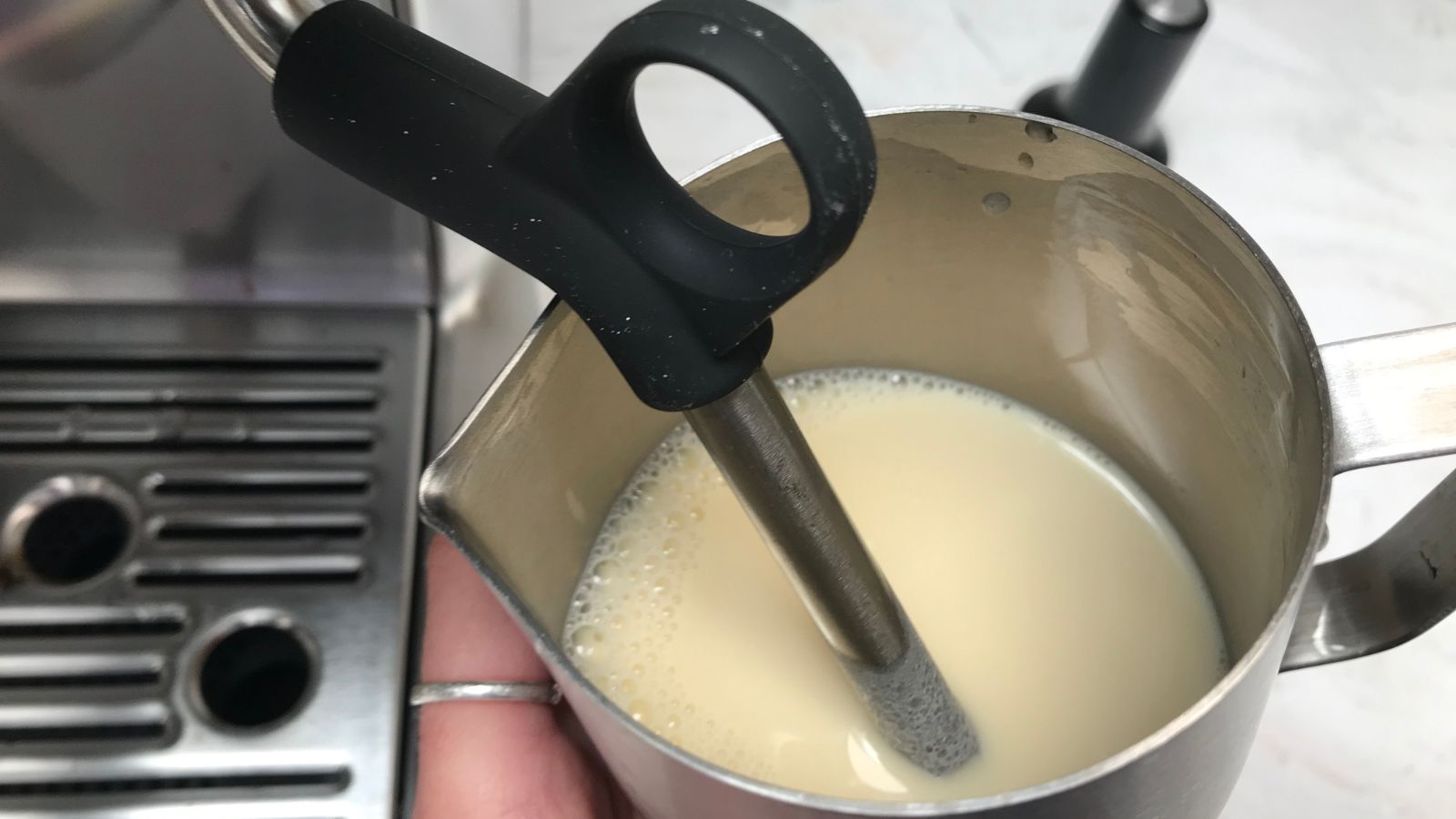
Judging by the reviews, this is a popular espresso machine. It averaged 4.5 stars across a number of platforms and I struggled to find criticism. People were saying that they love their purchase, could dial in their taste preferences, and felt that it was incredible value for money. Having adjustable settings and a machine that isn’t supertechnical is rare, so lots of people appreciated how Breville balanced the two.
The people who enjoyed it the most had watched videos on how to froth and pour milk like a barista, so they could get the most out of the steam wand. In fact, most complaints came from those who hadn’t watched videos and dedicated some time to finessing their espresso skills. Those who were looking for a more specialized machine found that the grinder is somewhat limiting. Considering that some grinders have over thirty different grind settings, sixteen can feel imprecise. Also, stainless steel is a great, durable material, but a few customers found that they spent a long time trying to keep it clean and rust-free. If you’re conscious of sticky fingers, perhaps opt for the black finish.
How does it compare?
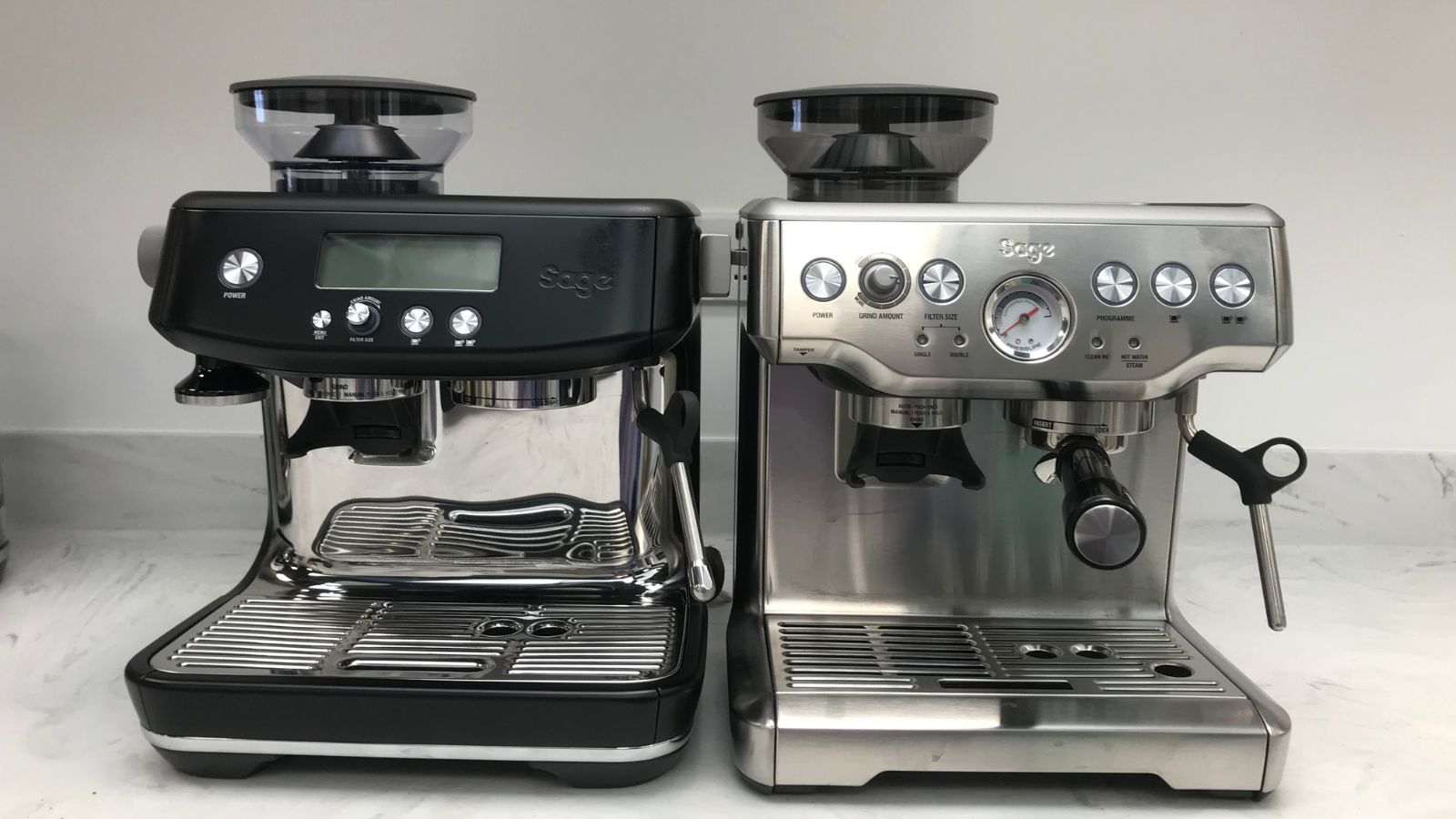
For a similar price, you could buy the Breville Barista Pro. There isn’t a lot of difference between the two. The Barista Pro has more of a range of grind settings, more microfoam capabilities, and has a slightly higher-spec LCD screen, rather than buttons. However, it comes with a higher price tag. I preferred frothing milk on the Express, as the wand and steam settings were more intuitive and easy to use.
If it’s not being compared to the Breville Barista Pro, the Express is compared to Casabrews' 5700 machine. This is cheaper than the Express, but it certainly feels like it. The Express is quicker to pull an espresso; can quickly switch between coffee, steam, and hot water; and the extra appliances feel like better quality. The Express had a much more sensitive, consistent grinder too. Using the Casabrews after the Express was frustrating and only made Casabrews' perfectly capable machine feel cheap.
Who would it suit?
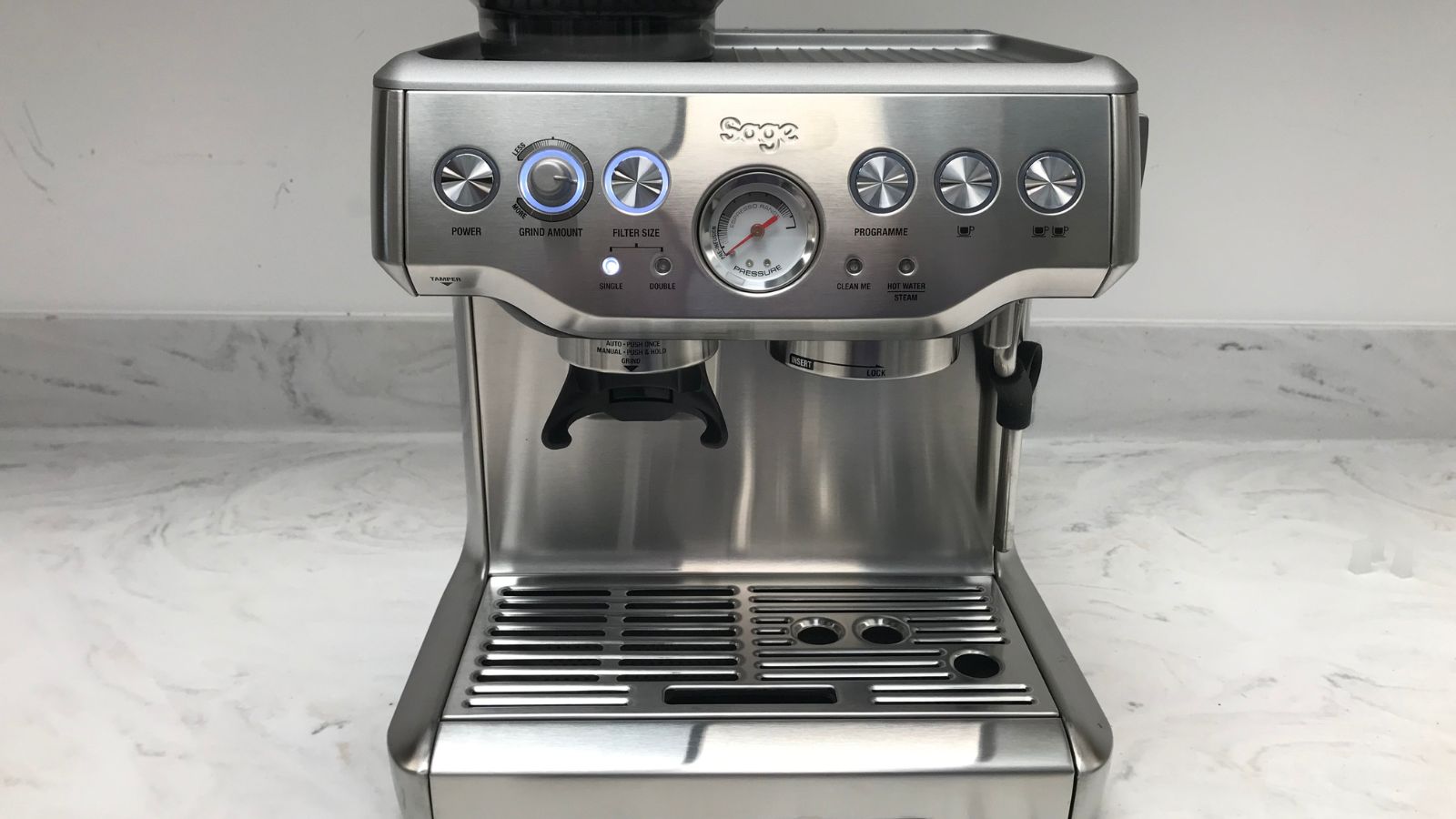
As a mid-range espresso maker, this is the perfect setup for a coffee maker for beginners. It has all the technical features of a premium product, just without the brand labels. If you want to froth your own milk and pull your own shots, this is perfect. As a semi-automatic machine, it’s brilliant if you don’t want to be too hands on, but you’d like to brandish some barista skills.
However, if you’ve got a small kitchen you'll struggle to make room for the Express. It’s no behemoth, but it’s also not tiny either. It’s also not very quiet. Espresso machines rarely are, but it’s something to keep in mind.
Should you buy it?
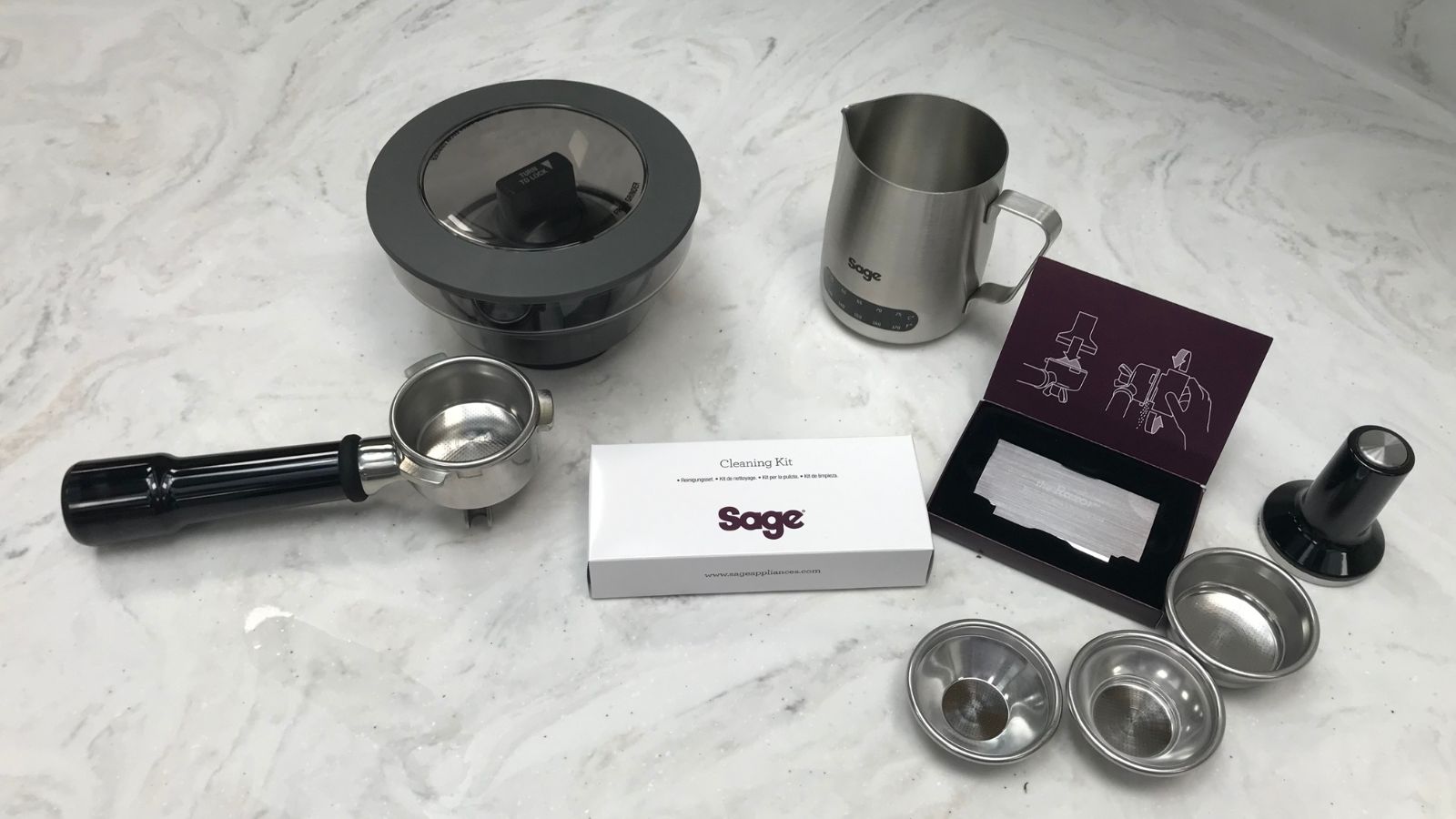
The Express ticks a lot of espresso machine boxes. It’s reasonably priced, performs to professional standards, and looks smart. It doesn’t overcomplicate espresso making, but offers some scientific perspectives on how you can adjust and monitor your machine to make sure that it’s performing at its optimum. In short, you can’t go wrong.
How We Test

We test every espresso machine we recommend, including those we don’t. This means that we can recommend the perfect one for every kind of coffee connoisseur.
Our team includes a trained barista, Laura. She tested this espresso machine in our dedicated test kitchen. This is where we take market-leading products and test them as if we were at home.
We use the grinder function, espresso function, and steam wand. If there are any extra settings or features, we make sure we know about them in advance so that we can make the most of them.
We’ll consider a range of factors, from the taste of the coffee to how easy the machine is to set up. Rest assured, we’ve done our research.
Sign up to the Homes & Gardens newsletter
Design expertise in your inbox – from inspiring decorating ideas and beautiful celebrity homes to practical gardening advice and shopping round-ups.

Laura is our eCommerce editor. As a fully qualified barista, she's our expert in all things coffee and has tested over thirty of the best coffee makers on the market. She has also interviewed Q-Graders and world-leading experts in the coffee industry, so has an intimate knowledge of all things coffee. Before joining Homes & Gardens, she studied English at Oxford University. Whilst studying, she trained as a master perfumer and worked in the luxury fragrance industry for five years. Her collection of home fragrance is extensive and she's met and interviewed five of the world's finest perfumers (also known as 'noses'). As a result of this expansive fragrance knowledge, she always puts quality and style over quantity and fads. Laura looks for products which have been designed simply and with thoughtful finishes.
-
 Martha Stewart's intelligent cabinets 'take every inch into consideration' – their 'visually light' style will solve your small kitchen storage problems
Martha Stewart's intelligent cabinets 'take every inch into consideration' – their 'visually light' style will solve your small kitchen storage problems'Every kitchen can be beautiful and functional, no matter what the size': 9 years since sharing her clever storage, Martha's cabinets are just as beautiful
By Megan Slack Published
-
 Bethenny Frankel calls this $695 machine the 'Rolls-Royce Cullinan of coffee' – it's a must-have luxury buy for iced-coffee lovers this springtime
Bethenny Frankel calls this $695 machine the 'Rolls-Royce Cullinan of coffee' – it's a must-have luxury buy for iced-coffee lovers this springtimeThe Real Housewife swears by a luxurious machine that makes nitro cold brew, cold brew, and cold espresso at the touch of a button – here's why it's worth it
By Sophie Edwards Published
-
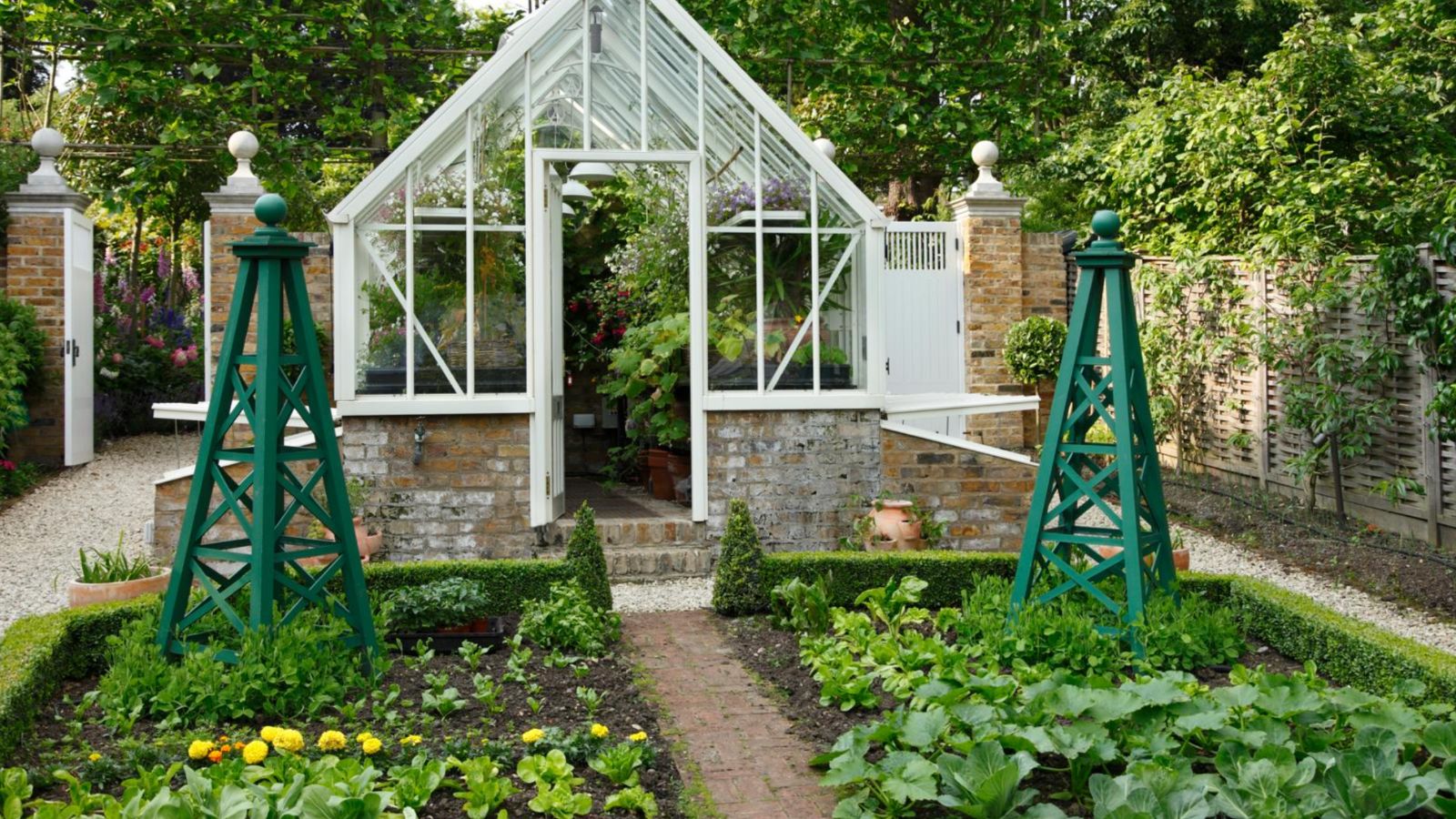 The long-awaited ALDI $40 raised bed garden planter is finally back, and it is perfect for small gardens and apartments
The long-awaited ALDI $40 raised bed garden planter is finally back, and it is perfect for small gardens and apartmentsThis highly-rated wooden planter sells out every year, so be fast
By Jennifer Ebert Published